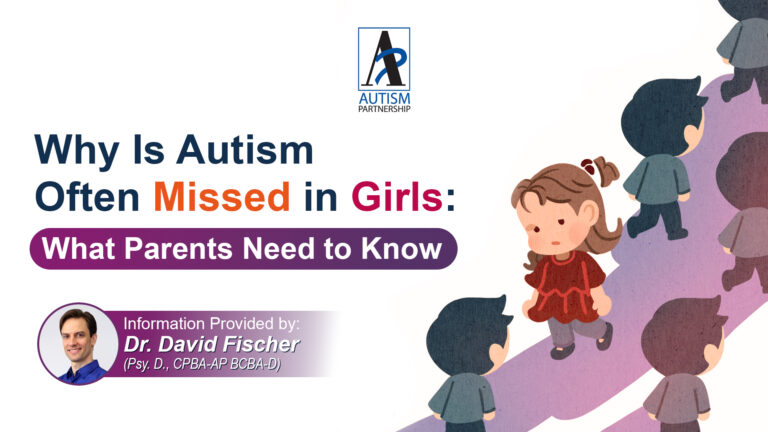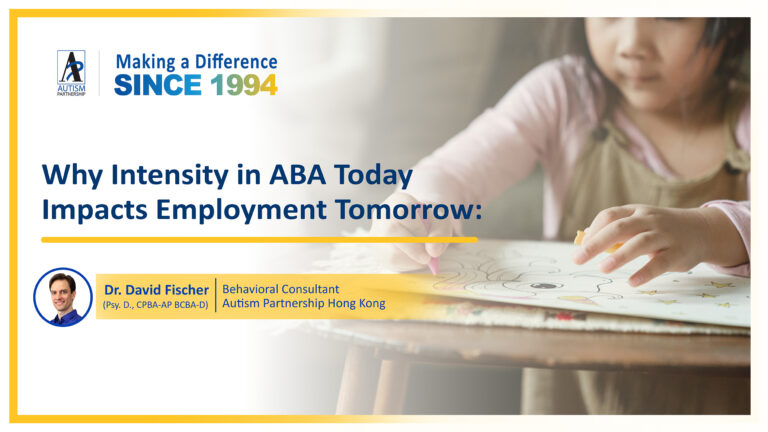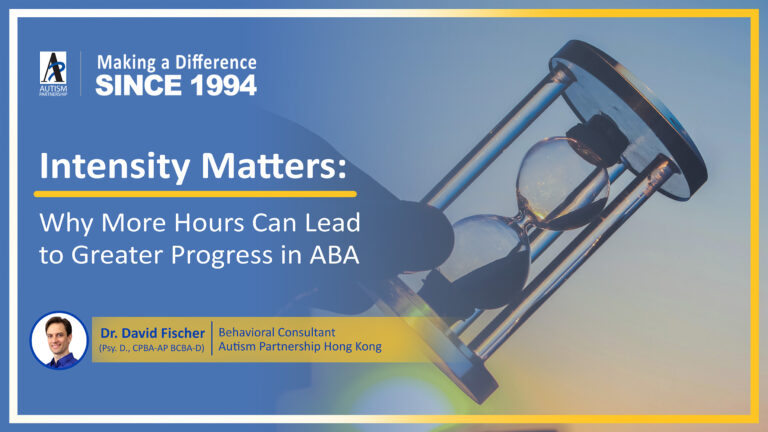
Children with Autism Spectrum Disorder (ASD) often have deficits in communication. Being able to communicate will help reduce confusion and frustration and at the same time be able to connect with others. That’s why it is also important for our children to learn the right skills and set up opportunities to encourage spontaneous communication.
Spontaneous communication is when communication is initiated voluntarily and is not a form of response. Some children may be non-verbal, while some can be verbal but have trouble speaking spontaneously. These children may have an extensive vocabulary and may be able to speak and respond to questions but face challenges in communicating spontaneously. They may not ask questions or make comments on their own, and may also have difficulties using language effectively or appropriately.
Teaching children with autism to communicate spontaneously is a great way to increase their desire to talk and help them express their needs more effectively, and at the same time decrease their frustration. Most parents may feel stressed when faced with this challenge. To help your child to speak spontaneously, you will have to create opportunities for your child to initiate communication, using a technique called ‘Communication Temptations’.
Communication Temptation is simply setting up opportunities to tempt our children to speak. A child is much more likely to communicate if they are motivated. As described by Wetherby & Prizant (1989), “communication temptations are used to increase a student’s desire to communicate, and make communication fun”. It also teaches the child the power of language which helps the child initiate communication more readily. This will also help reduce frustrations and encourage more appropriate communication as well.
There are a variety of communication temptations to explore. Some basic ones include:





For many decades, Autism was thought to be a condition that nearly exclusively affected boys. Over time, the diagnosis rate has evened out slightly. The Center for Disease Control and Prevention reports that approximately 3.8 boys are diagnosed for every diagnosed girl. It is now widely assumed that many girls with Autism are missed in […]

When most parents start ABA therapy for their child, they are thinking about immediate concerns: communication, behavior, independence, or school readiness. However, there is another important factor to consider and that is your child’s future as an adult. A recent UK government report, The Buckland Review of Autism Employment (2024), sheds light on a troubling reality. […]

When considering ABA therapy for a child with autism, parents often ask: “How many hours should my child receive?” It’s an important question, and the answer can make a substantial difference. While every child is unique, decades of research has shown the intensity of therapy matters. A major study published in 2017 by Linstead and […]
Please share to let more people learn about ASD and ABA therapy:

All information received will always remain confidential. We will contact you as soon as we review your message. Thanks